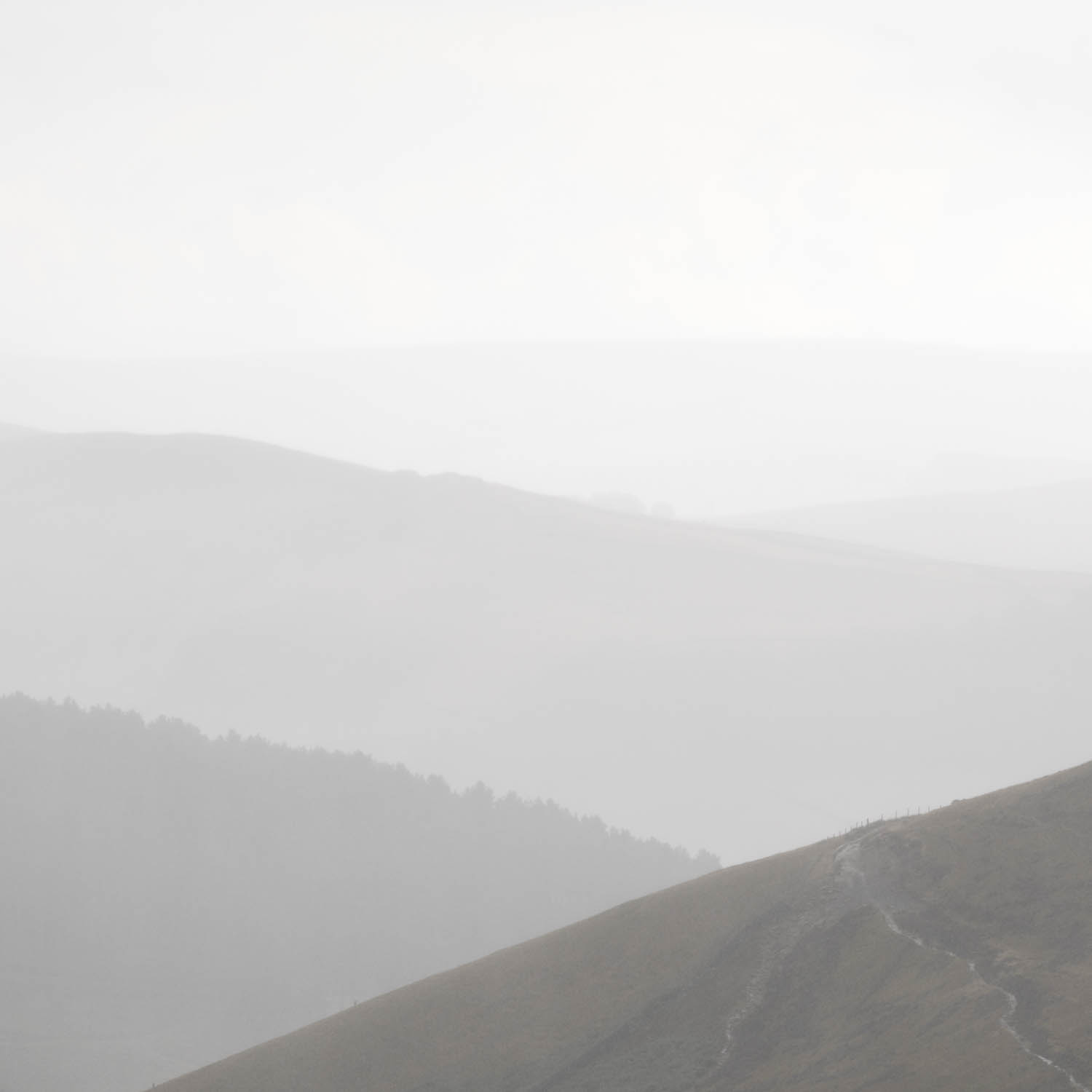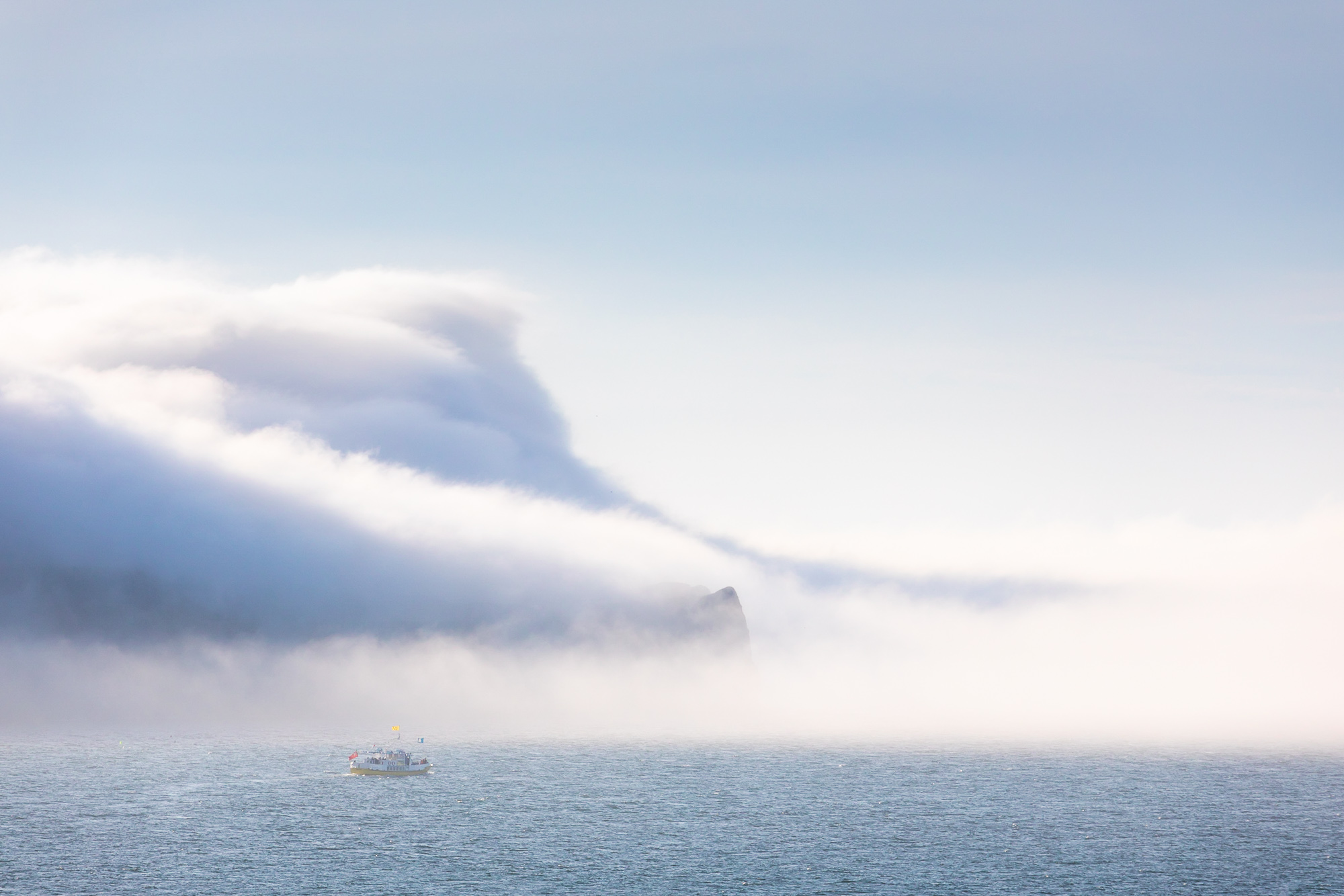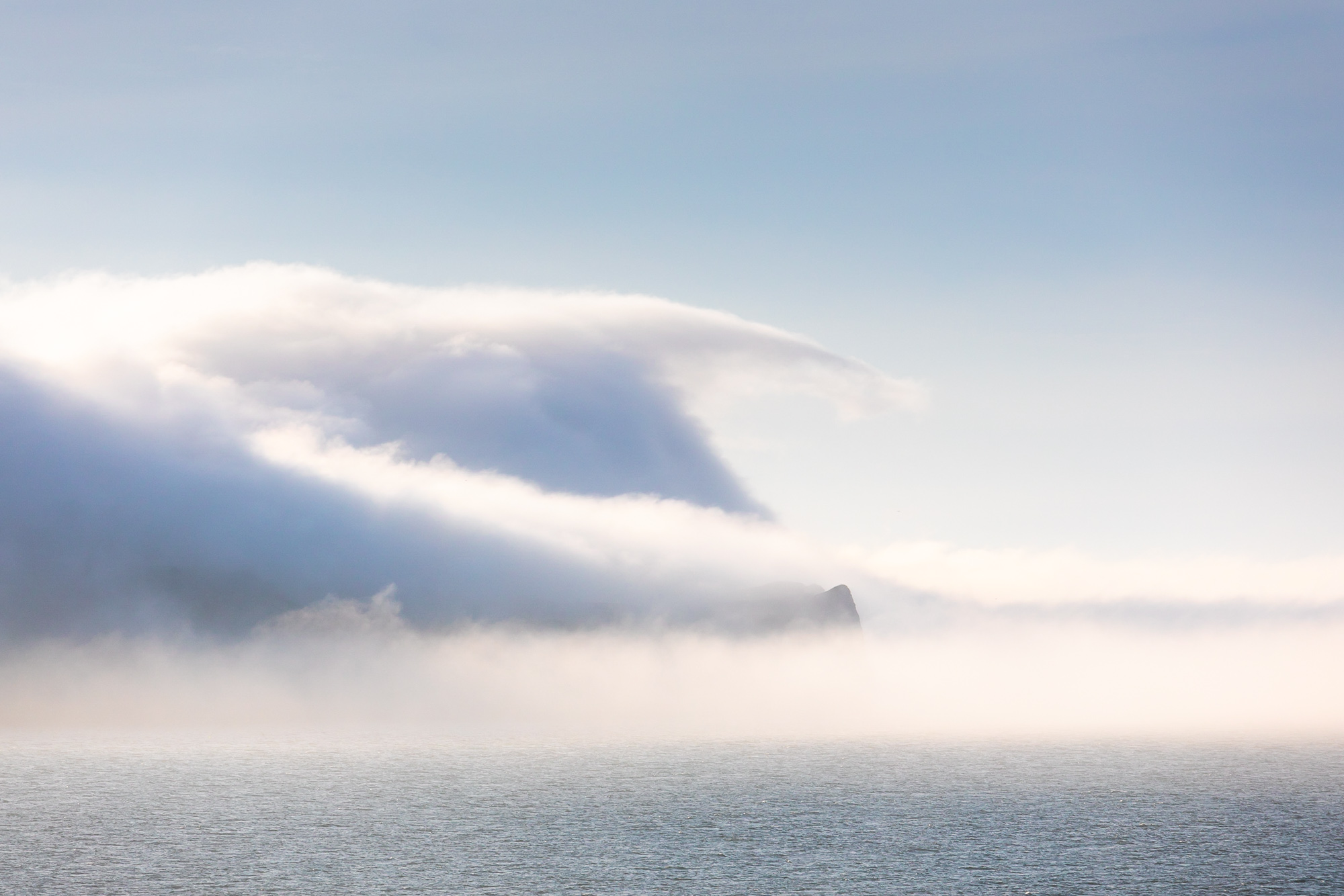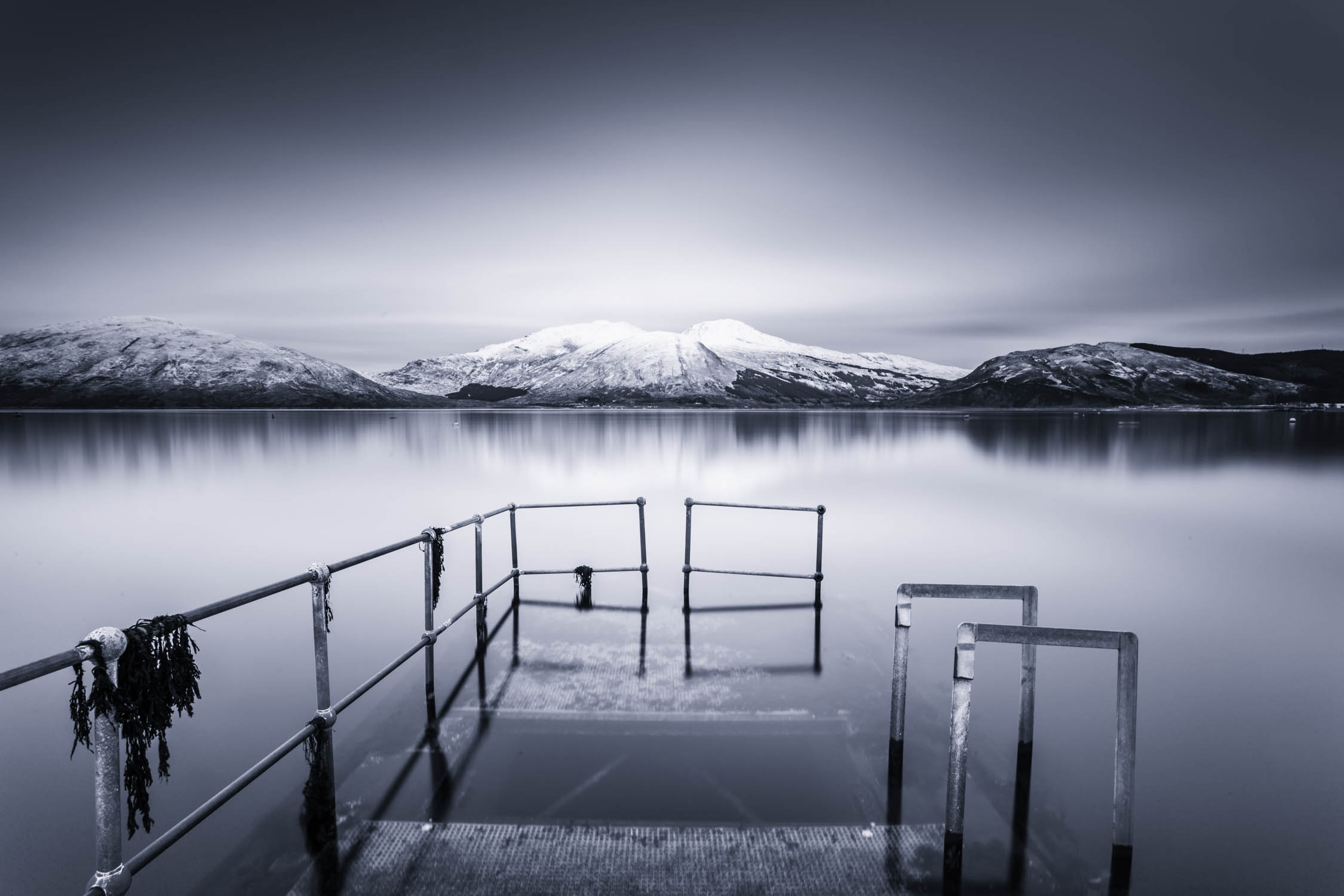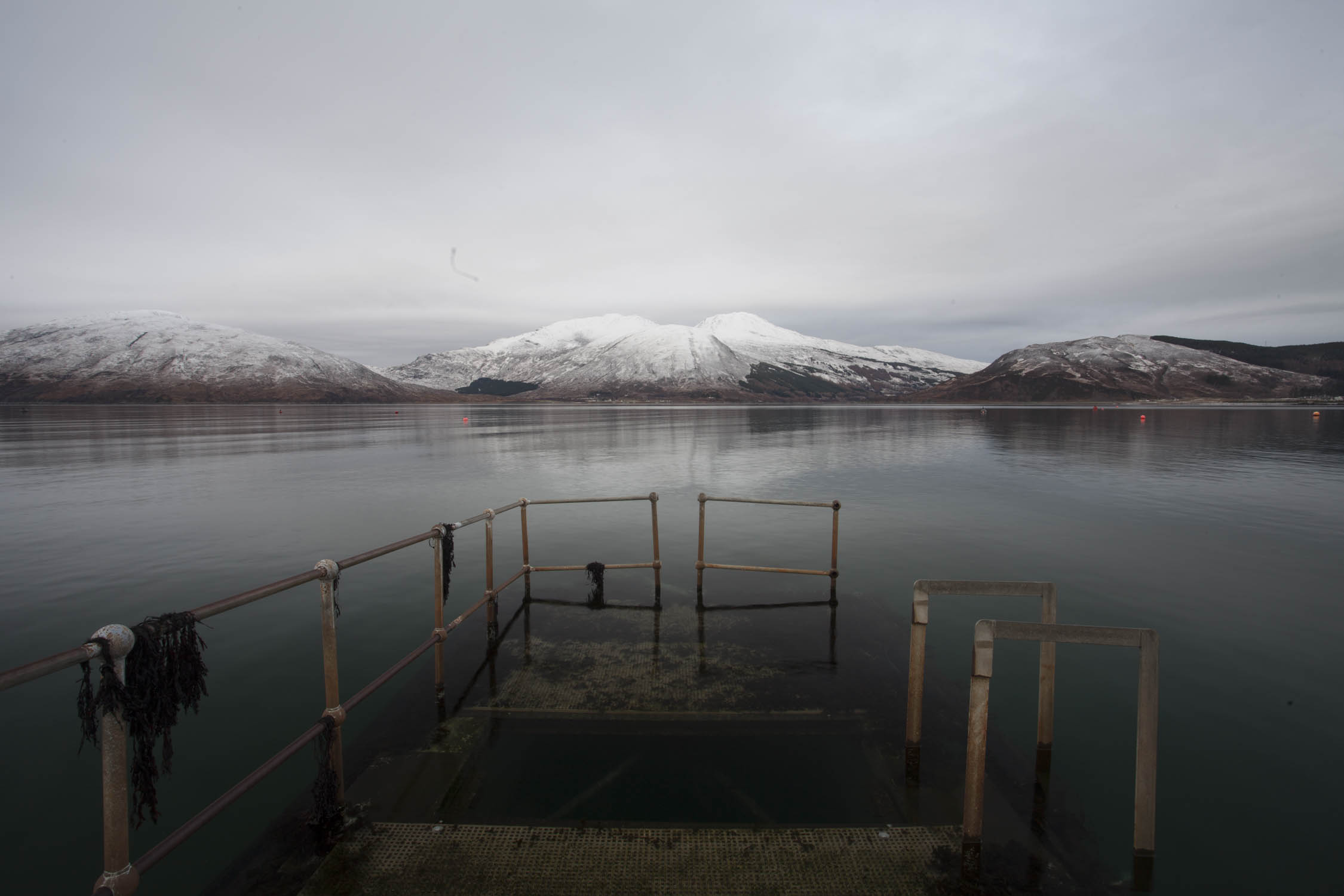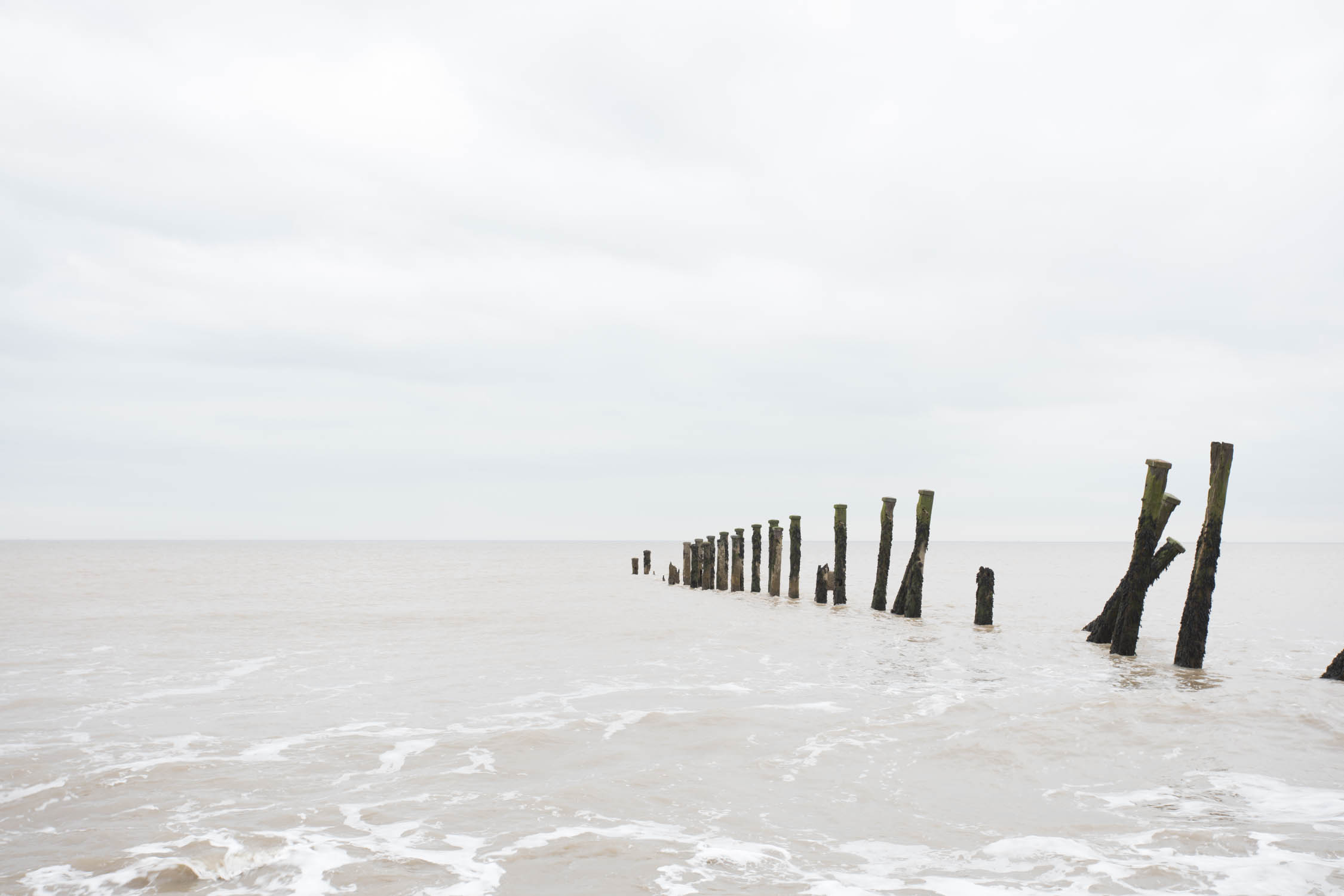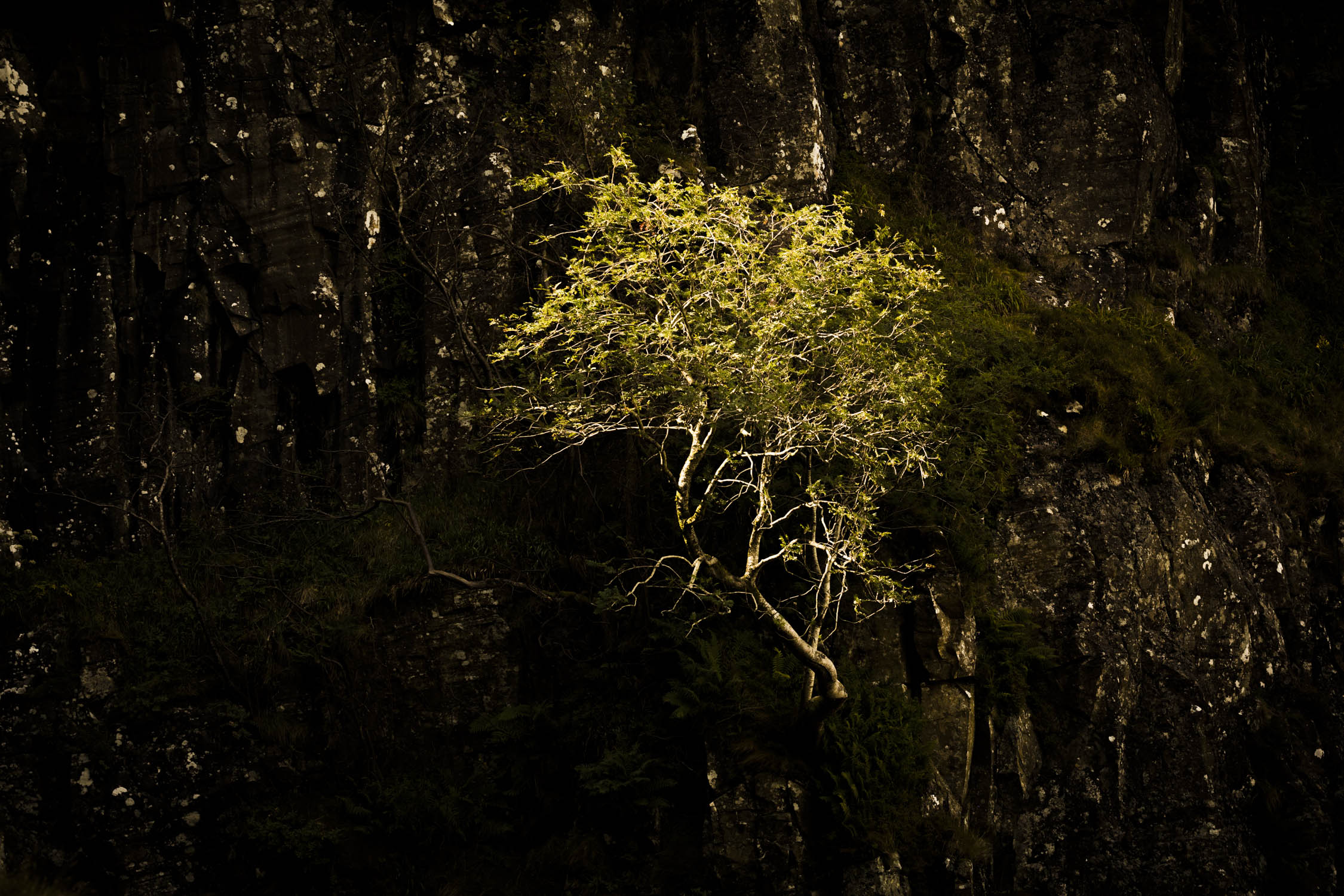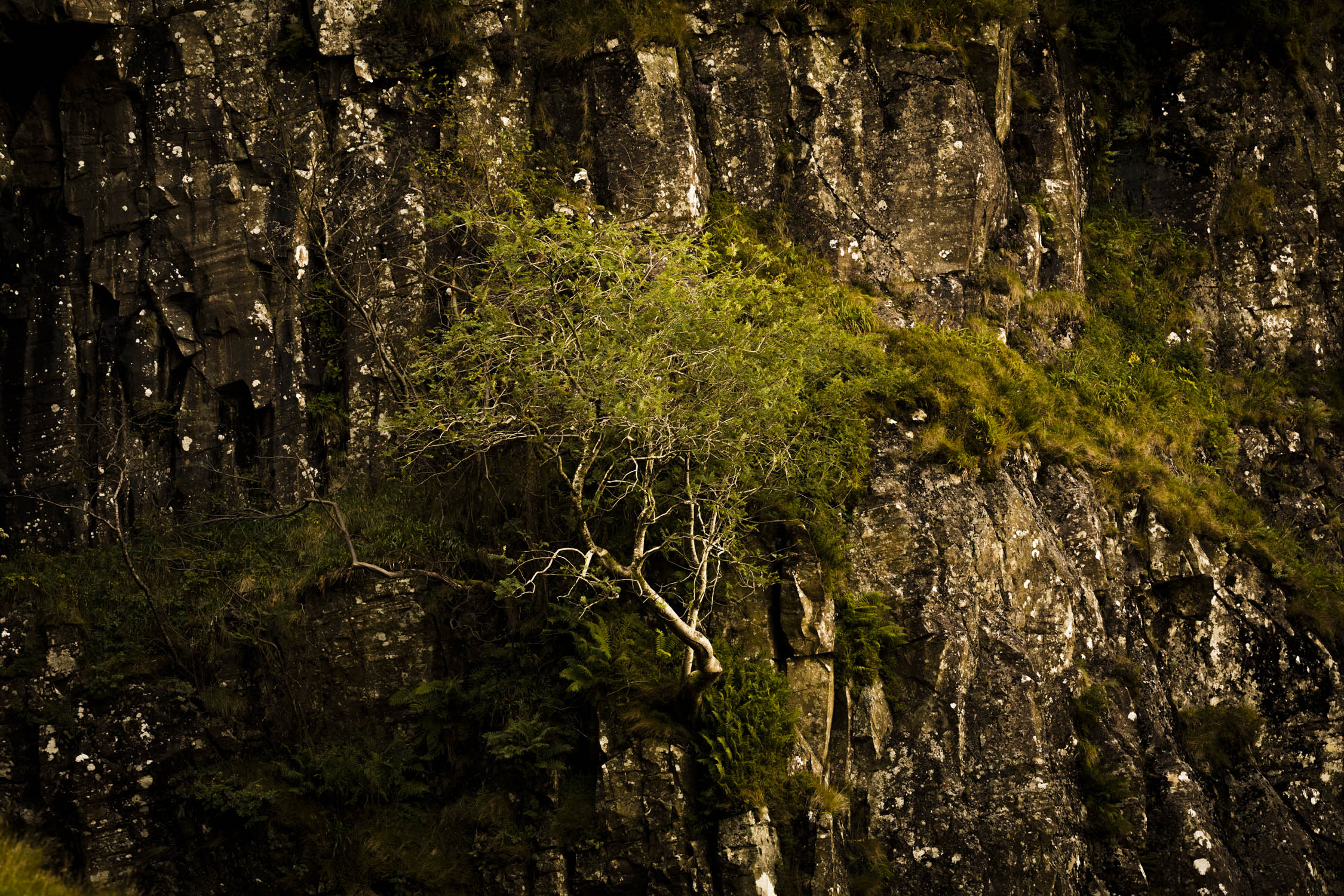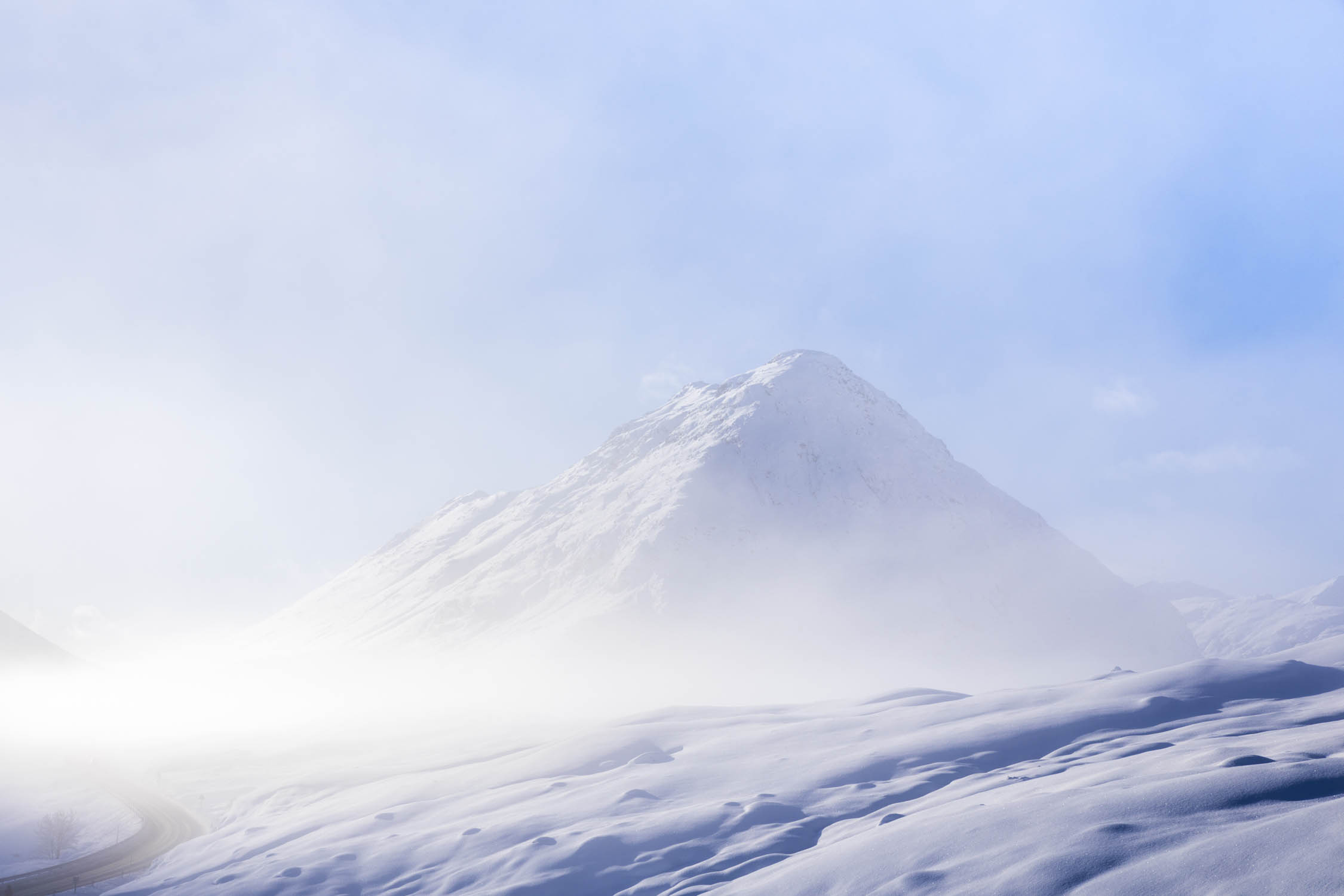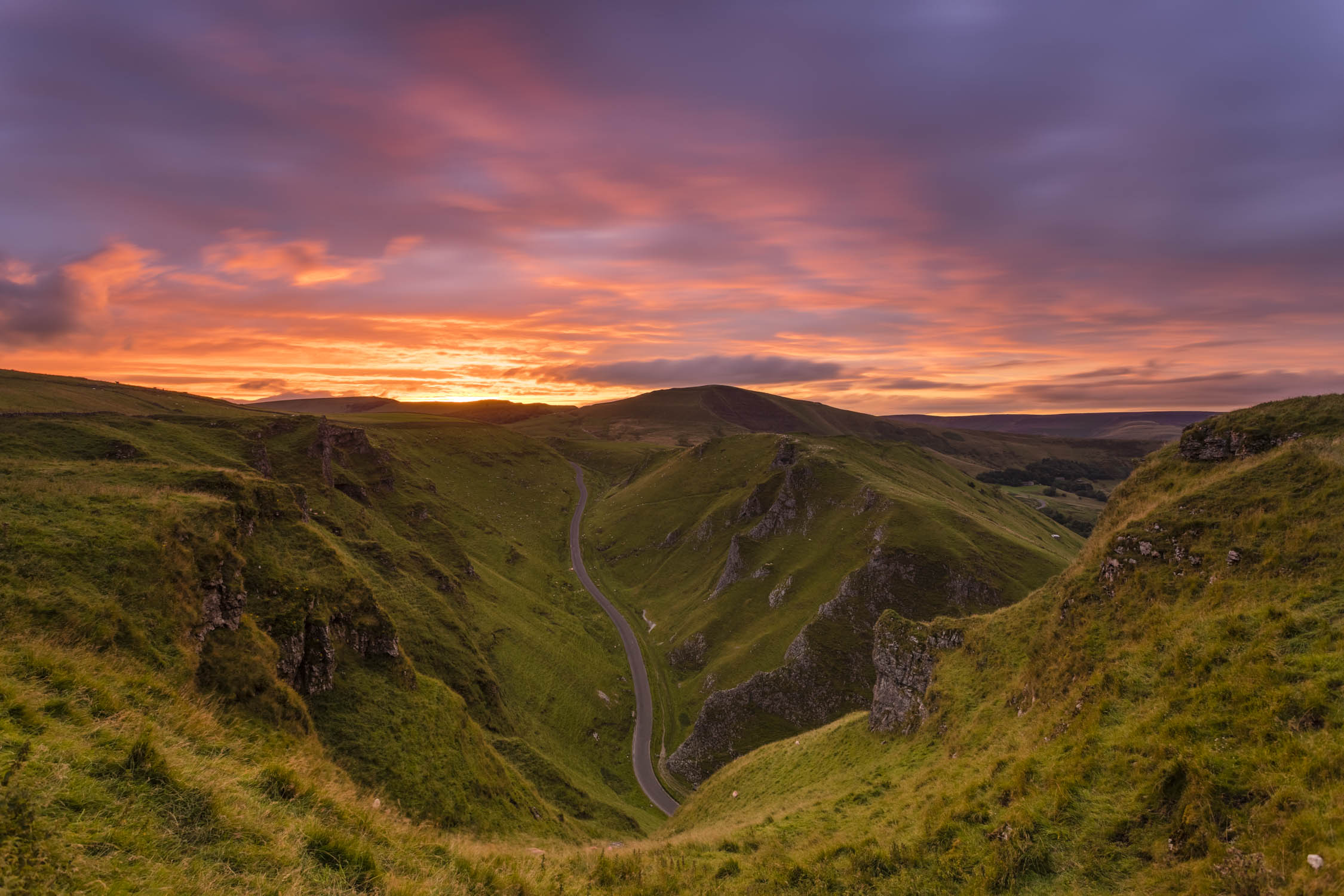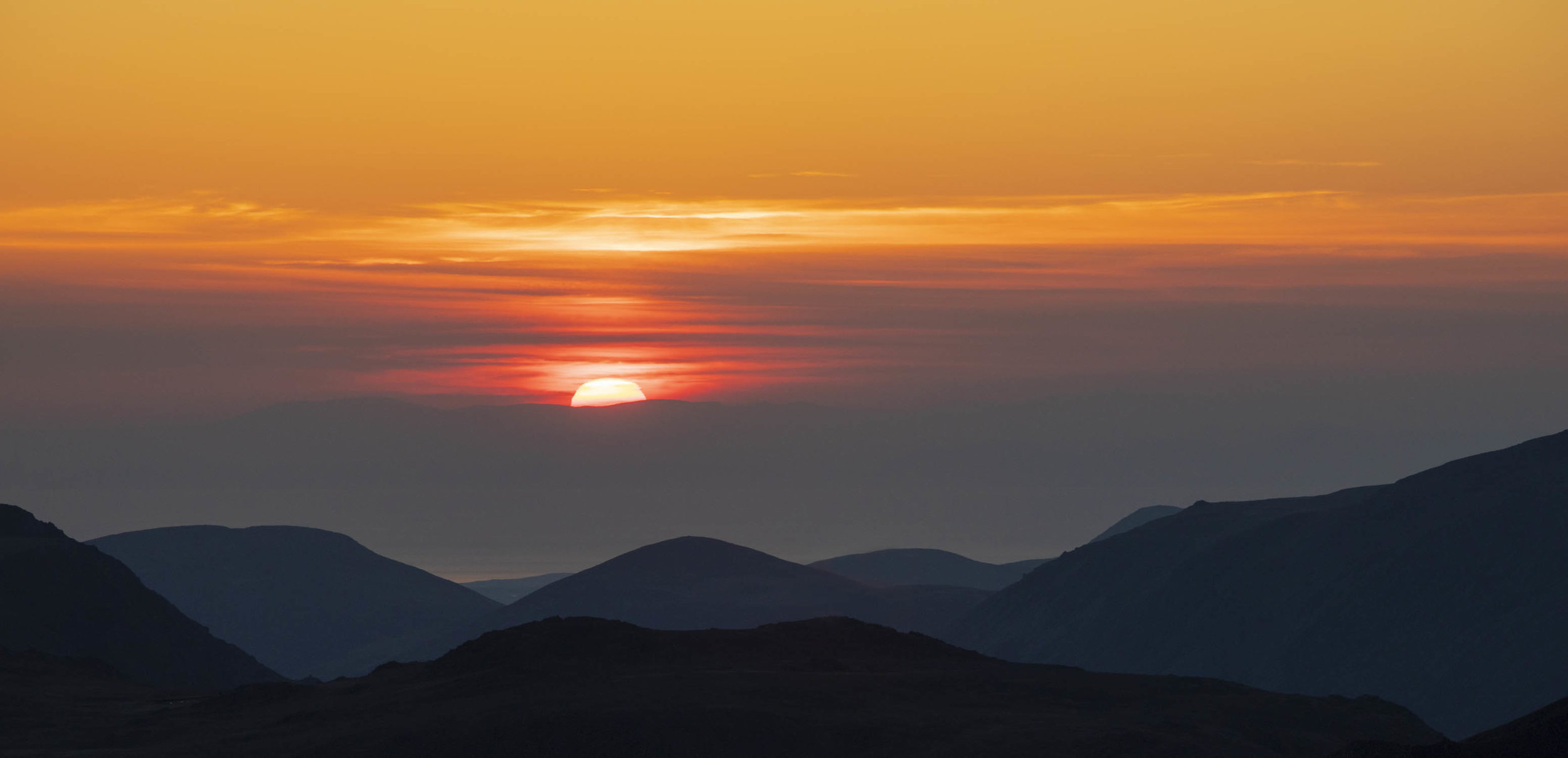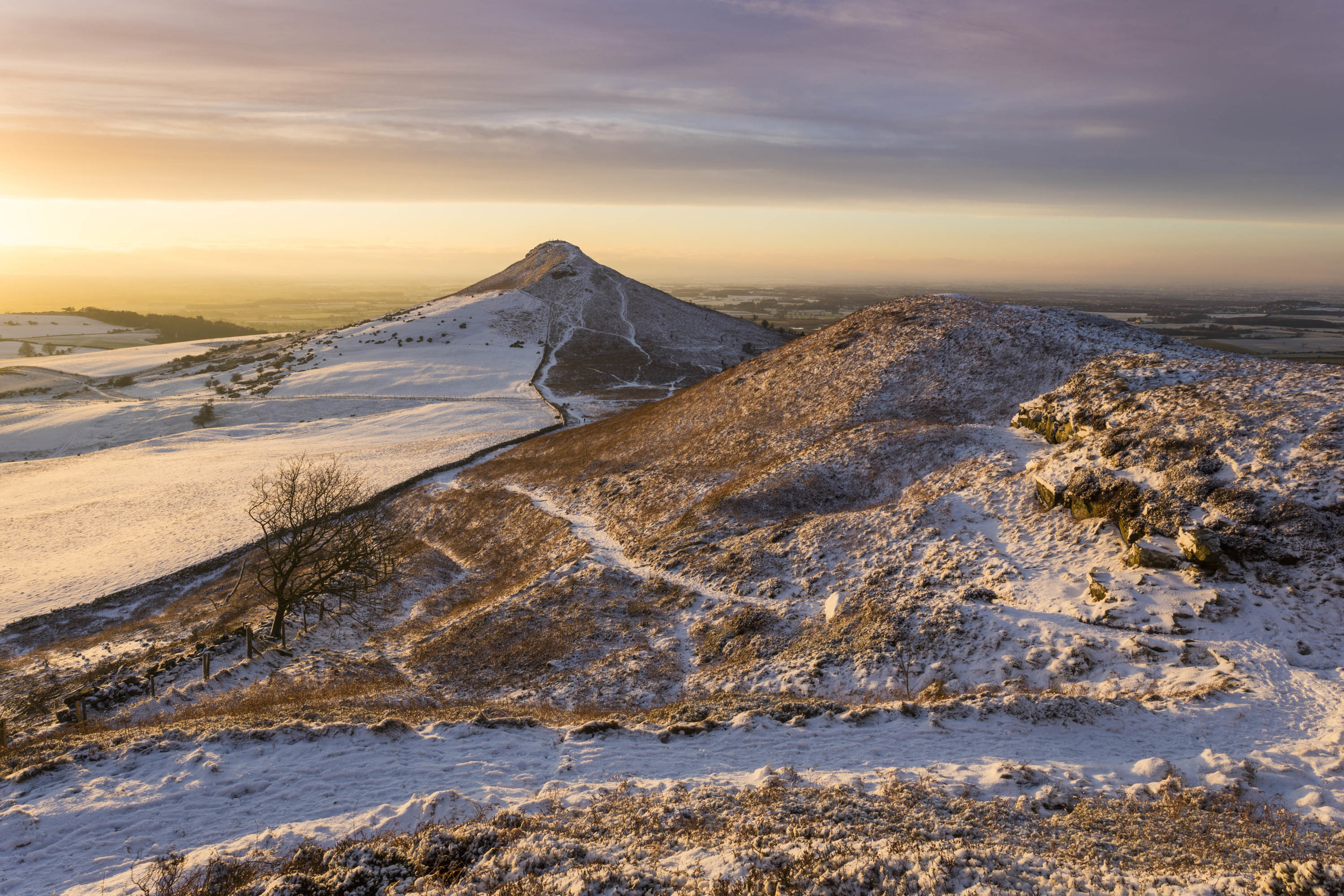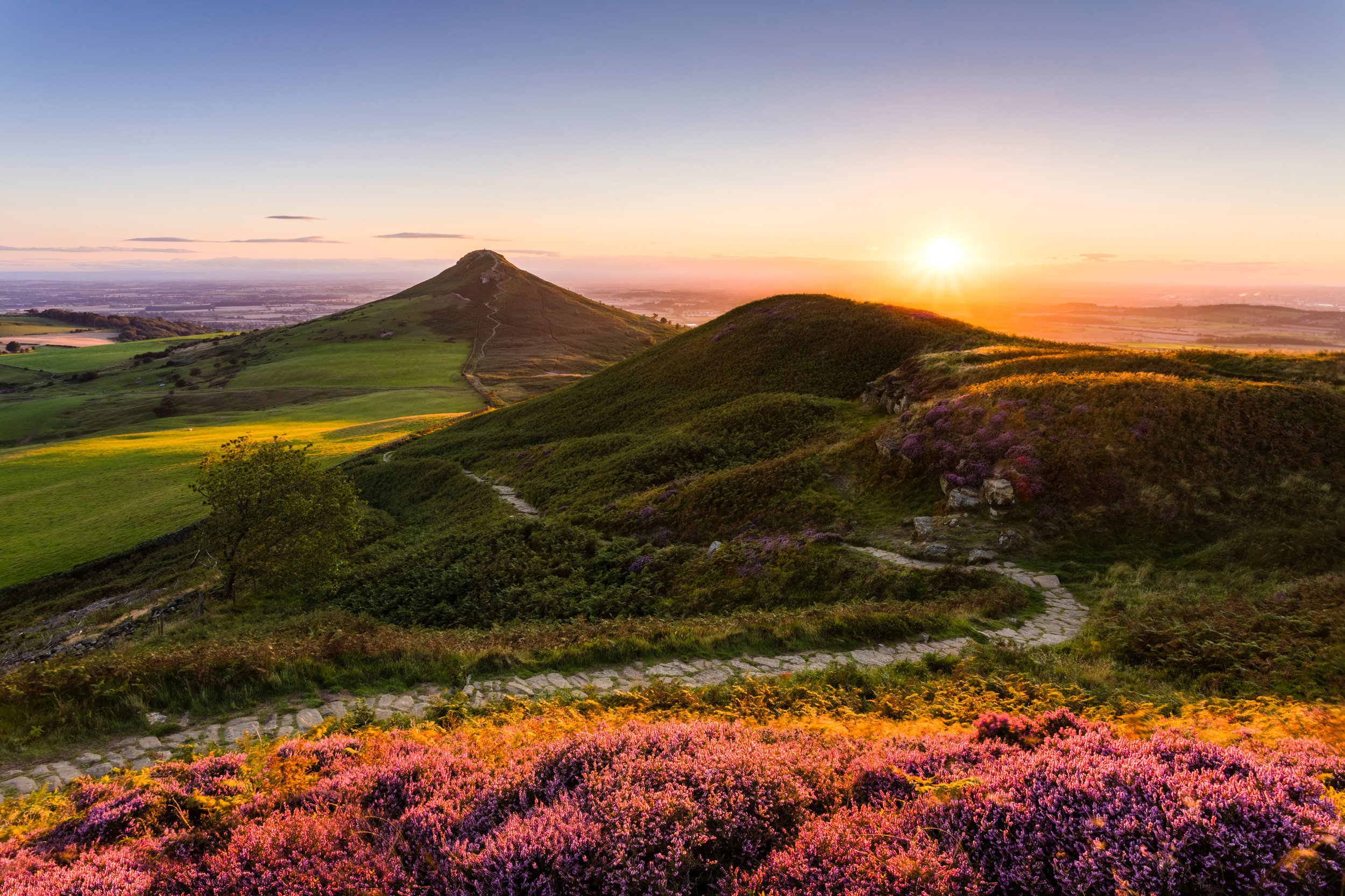Braving bad weather can result in stunning landscape photography conditions. I travel to the Peak District and face a classic day photographing in typical changeable British Summer weather.
Follow the Yorkshire_Walker - http://bit.ly/Yorkshire_Walker
In this landscape photography vlog I head over to the Peak District to climb Kinder Scout with a weather forecast of changeable conditions. When you look at a weather forecast and it shows rain, it is all too easy to stay on the couch. The thing is, changeable conditions in low pressure can result in some of the best photography conditions available. Moving from sunny to rain and back again produces clouds that can make a shot utterly unique, something that is getting harder and harder for a landscape photographer.
Watching landscape photography tutorials such as this can make things look easy. If you are heading into the great outdoors, especially when climbing in to the hills and mountains it is very important to be prepared and stay safe, even in summer.
The day was fantastic and ended when the weather cleared leaving me to capture some sunset photography making the most of the early flowering heather that the Peak District had to offer. I headed home happy with a can full of very different landscape images.


